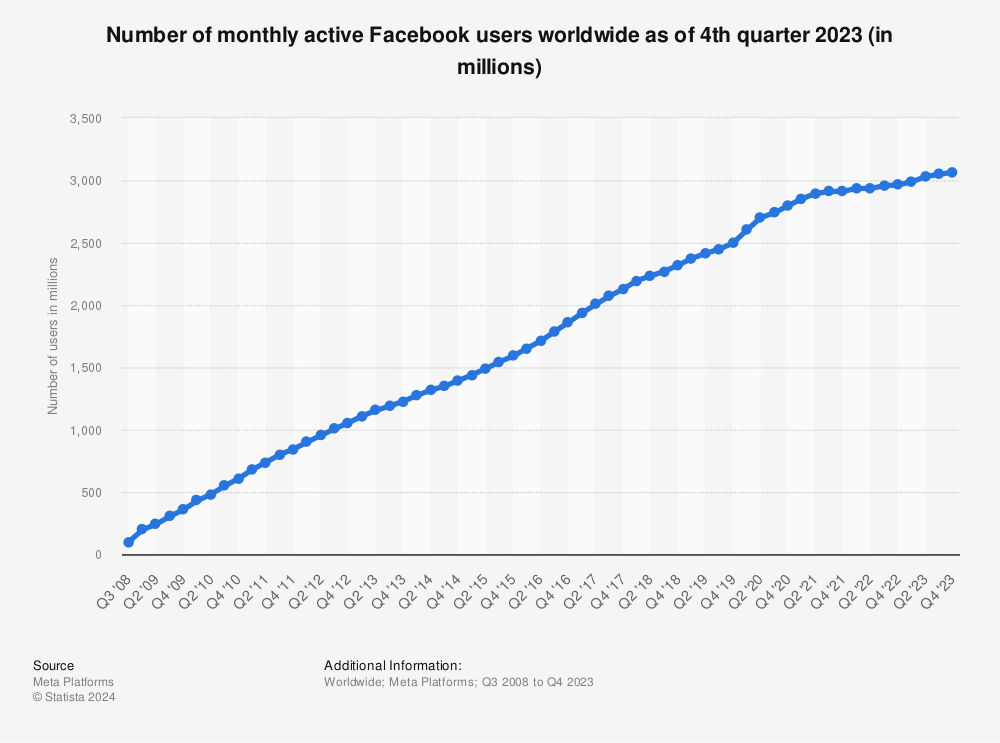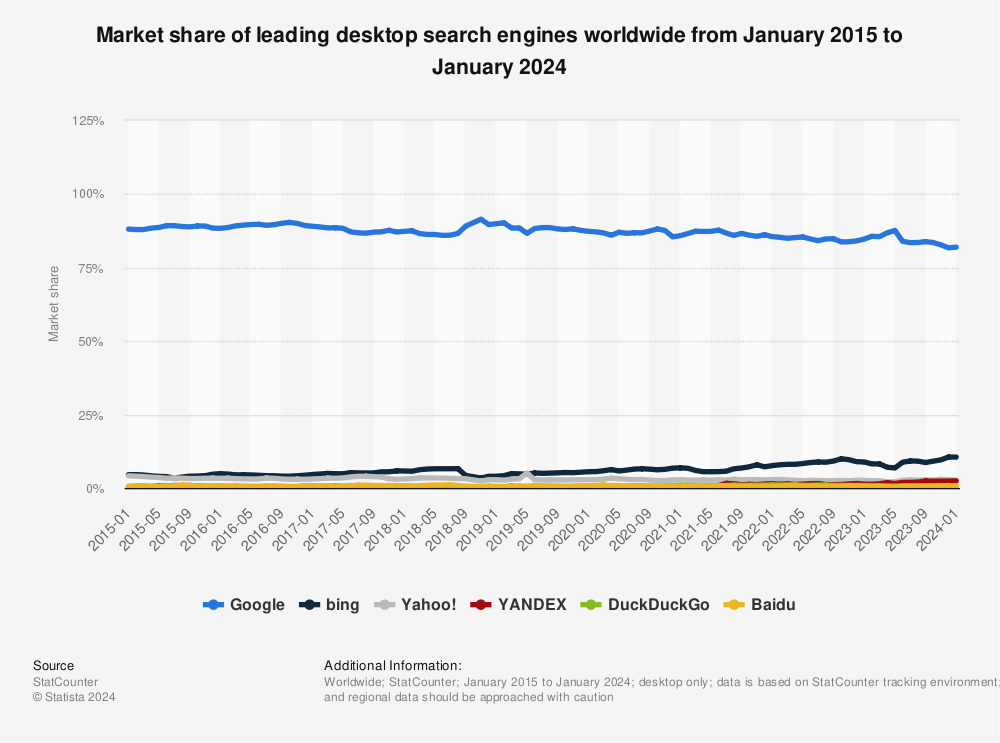Facebook vs. Google Ads: Which is the Ultimate Advertising Powerhouse?
- What are Facebook ads?
- What are Google ads?
- How do Facebook ads work?
- Examples of Facebook Ads
- How do Google ads work?
- Examples of Google Ads
- How much do Facebook ads cost?
- How much do Google ads cost?
- What is the main difference between Facebook and Google ads?
- Pros and cons of Facebook ads
- Pros and cons of Google ads
- Is it better to advertise on Google or Facebook?
- FAQ
Paid advertising is regarded as a pivotal strategy for many dropshipping businesses seeking to improve their online presence.
Digital advertising platforms Facebook and Google are among the top choices for running paid ads, both offering a unique set of features and targeting options that can help dropshipping stores reach their desired audience.
That being said, let’s do a thorough comparison of running Facebook vs Google ads by analyzing their targeting options, ad formats, cost structures, tracking tools, and more.

Looking for a reliable dropshipping or wholesale supplier?
Join us today for top-quality products and unbeatable prices.
What are Facebook ads?
Facebook ads are a type of paid advertising that businesses can create and display on Facebook and its affiliated platforms like Instagram, Messenger, and the Audience Network.
With over 3 billion monthly active users, Facebook provides a vast audience for businesses to target their ads.
These ads are designed to help advertisers reach a specific audience based on factors like demographics, interests, and behaviors, can be presented in different ad formats (single image, video, carousel, etc.), allow to have full control over your budget and provide detailed analytics through the Ads Manager.
What are Google ads?
Google ads, on the other hand, are ads displayed on the Google search engine, within the Google Display Network, and in Google Shopping.
Accounting for over 80% of the search market, Google offers a massive reach for businesses looking to promote their products or services.
Some of the standout features of Google Ads are its extensive targeting options, which allow advertisers to show their ads only to people in certain geographic locations, the convenient pay-per-click (PPC) model, and the variety in ad formats – text, video, image, etc.
How do Facebook ads work?
Facebook ads work by allowing businesses to create targeted advertisements that appear in users’ news feeds.
They operate on the principle of targeted advertising, where you, as an advertiser, have the ability to specify the audience of your ads.
The whole process of creating the Facebook ads takes place in the Meta Business Suite where you can create campaigns with specific goals and set a budget and bid for each ad placement.
This means you’ll be competing with others for ad space, while Facebook’s algorithms determine the most relevant ads for users.
Check out: Best ways to lower Facebook CPM
Examples of Facebook Ads
Here are a few examples of businesses running successful Facebook ads:
Farfetch
Farfetch chooses to go with one of the most visually appealing and engaging ad formats on Facebook – the carousel ads.
In their ads, Farfetch showcases their new seasonal collection. Each card in the carousel features a different clothing item, providing potential customers with an interactive and rich shopping experience right within the ad.

Rebag
For their Valentine’s Day campaign, Rebag had decided to go with another popular Facebook ad format – videos.
Videos have the capacity to capture attention quickly and convey complex information in an easy-to-digest format.
As a result, Rebag’s ads are able to deliver engaging messages to their customers and demonstrate their products up close.

Fashiophile
Unlike the other two stores, Fashionphile focuses on showcasing its wide range of luxury handbags through the traditional ad approach – the single image ad.
By highlighting a single product in detail, Fashionphile can effectively emphasize the exclusivity of each of their items.

How do Google ads work?
Google ads work with a pay-per-click (PPC) model, allowing businesses to bid on keywords related to their products which then appear on the Google search results.
For instance, if you run a clothing store that sells luxury items, you might bid on keywords like ‘luxury apparel’, ‘designer clothing’, or ‘branded clothing’. The higher your bid, the more likely your ad is to appear when someone searches for these keywords.
You’re charged only if someone clicks on your ad, leading them to your website or landing page.
All Google ads can be created on the Google Ads platform.
Examples of Google Ads
Here are some great examples of converting ads run by profitable businesses:
Santoni
To maximize visibility in Google, designer shoes store Santoni employs Google shopping ads, showcasing their curated luxury fashion items directly within Google’s search results.
This strategic approach allows customers to see Santoni‘s product offerings, prices, and promotions upfront, facilitating a direct and convenient shopping experience from search to purchase.

Mytheresa
Mytheresa displays most likely the most familiar type of Google ads – the text ads.
To leverage the most of this format, Mytheresa has included compelling headlines and descriptions that highlight some of their products’ features as well as their ongoing sales.

How much do Facebook ads cost?
The cost of Facebook ads varies widely based on several factors such as the target audience, ad type, industry, location, competition, and the bidding model.
The most common bidding model is the cost-per-click (CPC), where advertisers pay each time a user clicks on their ad. The cost can be anywhere from a few cents to a few dollars.
The more competition there is for your chosen audience, the higher the cost.
How much do Google ads cost?
Similarly to Facebook ads, the cost of Google ads is determined by the bidding model chosen by you as well as keyword competitiveness, your industry, and the quality of your ads.
The overall budget can be flexible; you can set a maximum daily spend and have full control of how much you spend.
What is the main difference between Facebook and Google ads?
While both Facebook and Google ads offer powerful tools for reaching potential customers, it’s important to understand how they differ in terms of targeting methods, analytics tools, and formats.
Targeting methods
Facebook and Google ads different targeting methods to reach potential customers.
Facebook’s targeting relies heavily on user demographics, interests, and online behavior, allowing advertisers to pinpoint specific audiences based on their activity within the Meta platforms (which includes Instagram ads as well).
Google, on the other hand, targets audiences based on search intent. While Google does offer demographic targeting as well, its strength lies in targeting users based on their search queries and website visits.
This fundamental difference means Facebook is ideal for targeting based on lifestyle and interests, while Google excels at targeting customers based on popular keywords and existing demand.
Analytics tools
Facebook provides advertisers with a robust analytics tool called Meta Pixel which allows you to monitor ad performance and improve your ads based on the results you get.
Check out: Most important Facebook ad metrics

Google offers the all-powerful Google Analytics that provides the same features including ad performance tracking, measuring conversions, and gaining insights into user behavior on your websites.
What’s best, Google Analytics allows you to easily track both Facebook and Google ads for a well-organized view of traffic sources and user behavior from one place only.

Ad formats
Facebook offers various ad formats at your disposal, allowing you to pick the one that best aligns with your campaign goals and target audience:
- Image ads – simple yet powerful, offer a clean, high-quality visual to capture the audience’s attention.
- Video ads – great for increasing engagement, can narrate stories or demonstrate products in action.
- Carousel ads – showcase up to 10 images or videos within a single ad, each with its own link. It is particularly useful for dropshipping stores wanting to display a range of products or different features of a single product.
- Collection ads – available exclusively for mobile, offer a dynamic way to showcase a range of products available for purchase directly from your dropshipping store. Particularly effective for displaying an entire apparel collection.
- Slideshow ads – create a video-like experience by using a series of static images that play like a slideshow. It’s an excellent alternative for advertisers who want to achieve video-like engagement.
- Instant experience ads – formerly known as Canvas, provide a full-screen takeover. They combine videos, photos, and call-to-action buttons to create an immersive user experience.
Check out: Best Instagram ad examples
Google doesn’t disappoint either by offering a good variety of ad formats as well:
- Text ads – the most common format on Google, consist of headlines and descriptions that appear on search result pages.
- Shopping ads – showcase products at the top of Google results. They typically feature an image of the product, along with a description, price, and other important information.
- Video ads – can be shown on YouTube before, during, or after video content on the platform.
- App promotion ads – specifically designed to drive app installs.
Pros and cons of Facebook ads
Pros:
- ✅ Wide audience reach.
- ✅ Highly targeted advertising.
- ✅ Engaging and interactive ad formats.
- ✅ Cost-effective for businesses with small budgets.
Cons:
- ❌ Fierce competition.
- ❌ Users might ignore ads due to overexposure.
Pros and cons of Google ads
Pros:
- ✅ Allows targeting specific keywords.
- ✅ Full control over budget.
- ✅ Wide reach across Google Search and Display Network.
Cons
- ❌ Limited visual ad formats compared to Facebook.
- ❌ Potentially higher cost-per-click, especially in competitive niches.
Is it better to advertise on Google or Facebook?
Facebook Ads work exceptionally well for businesses aiming to increase brand recognition and engagement. Thanks to their superior targeting options and visually appealing ad formats, you can connect with specific demographics and communities effectively.
On the other hand, Google Ads are excellent for businesses focusing on driving purchases or capturing customers with high purchase intent. By bidding on specific keywords related to your product or service, your ads reach users actively searching for similar offerings.
That being said, both platforms offer powerful tools for online advertising. Leveraging the strengths of each platform allows you to engage potential customers at different stages of the buying cycle – from initial brand discovery (Facebook) to the final purchase decision (Google).
A wise investment would be testing ads on both platforms, measuring performance, and then allocating budget based on which gives a better return on investment. This approach ensures that every advertising dollar is well spent.
FAQ
-
Yes, Facebook ads are a great choice for targeting based on detailed demographics, interests, and behaviors, making them ideal for building brand awareness and engagement.
-
Yes, Google ads are worth investing in, especially for targeting users actively searching for specific products or services, leading to higher conversion rates.
-
Depends on the goal: Facebook is better for brand awareness and targeting specific demographics, while Google excels at capturing high-intent traffic.
-
Cost varies based on competition, industry, and ad quality. Google Ads can be more expensive due to higher intent traffic, but costs depend on specific campaign settings and objectives.
Related articles
Our clients' success stories speak volumes about the impact BrandsGateway has had on their businesses.
View More Articles










